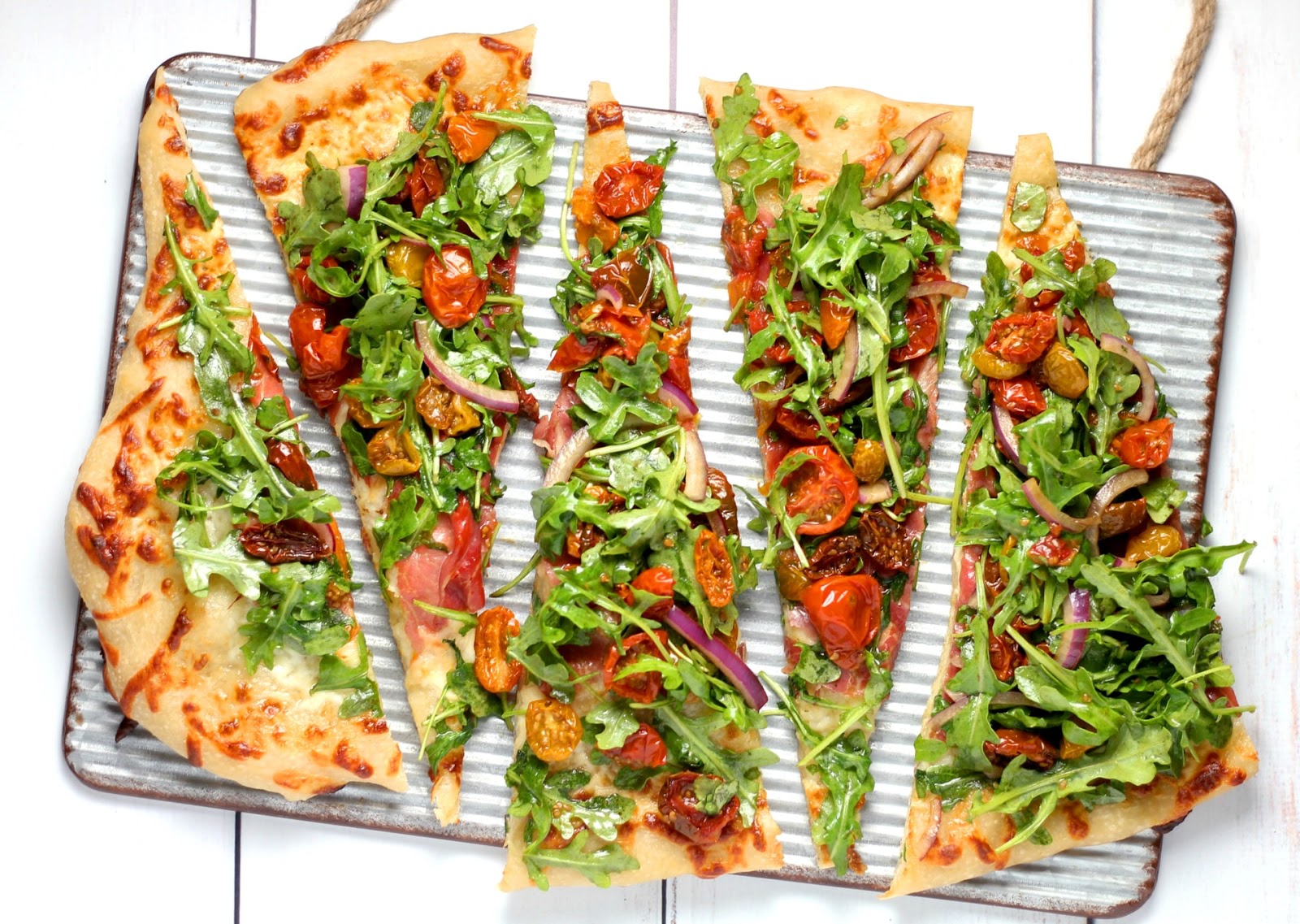By Leah Johnston, RDN
Photo by sheri silver on Unsplash
A new year with new resolutions and intentions. So let me ask you, have you stopped craving comfort foods yet? It’s that time again when we try to reset and instill some healthier habits into our daily lives, keeping our fingers crossed that we can keep up the momentum for the entire year. Yet, 2020 was a different kind of year and as stress levels have gone up so has our desire for more indulgent dishes year-round. Is it possible to have the best of both worlds? Yes, absolutely! Now’s the time to make your comfort food favorites a little better for your health.
By definition, comfort foods are dishes that provide a sense of well-being or feelings of nostalgia. It’s these positive associations that have us turning to this food in times of stress, boredom, or even cold temps to seemingly make us feel a little better. Described as rich, indulgent, high calorie, or high sugar, the bad news is that these foods are usually not the best for our long-term health and typically come with a side of guilt.
So what’s the good news? You can continue to make and eat your top comfort foods without the guilt by taking the basic recipe and “healthifying” it. Is that even a word?
Healthify: verb. To modify a recipe or dish to improve its health value.
While I’m not 100% confident that this is an actual word, it best describes how to improve any meal by making some tweaks to step up the quality of the ingredients and the nutritional value. Here are a few ways that you can easily healthify your favorite comfort food recipes:
- Add more vegetables. My #1 rule of healthifying. We are accustomed to the American way of building meals: Meat, starch, small veggie side or salad. I encourage everyone to reverse their thinking by making veggies the top priority. Take a basic chili recipe and add heaping cups of kale, poblano peppers, red onion, and green chiles. By doing this, you are introducing more vitamin A, C, K, folate, calcium and the ever-important fiber.
- Use lean meats. Lean proteins are lower in saturated fats than most red meat or pork. According to the AHA, limiting the consumption of these fats can help lower blood cholesterol levels and lessen the risk of heart disease. A 2015 study showed that there could be a link between higher intake of saturated fat and the risk for Alzheimer’s disease (although more research is needed at this time). A good case for choosing lean proteins such as chicken or turkey breast and beans! When choosing red meat, opt for grass-fed or grass-finished whenever available and affordable for more omega-3 fatty acids.
- Pick additions that add flavor, but not a lot of calories. Garlic, onions, roasted veggies, chilies, herbs - to name a few. In the chili example, topping like cilantro and green onions add 5 calories together and a dollop of Greek yogurt on top is about 20 calories. Avocados also make a great topping because they are rich in healthy fats (1/4 of an avocado adds about 80 calories).
- Lastly, add whole grains. Don’t be afraid to throw in some quinoa, millet, barley, or brown rice or include a small portion on the side. Whole grains are packed with fiber, B vitamins, vitamin E, iron, and healthy fats. Swap regular pasta for whole wheat, brown rice, quinoa, or legume-based. Switch your white or multigrain bread to 100% whole wheat. These simple modifications will add a ton of nutrition.


















